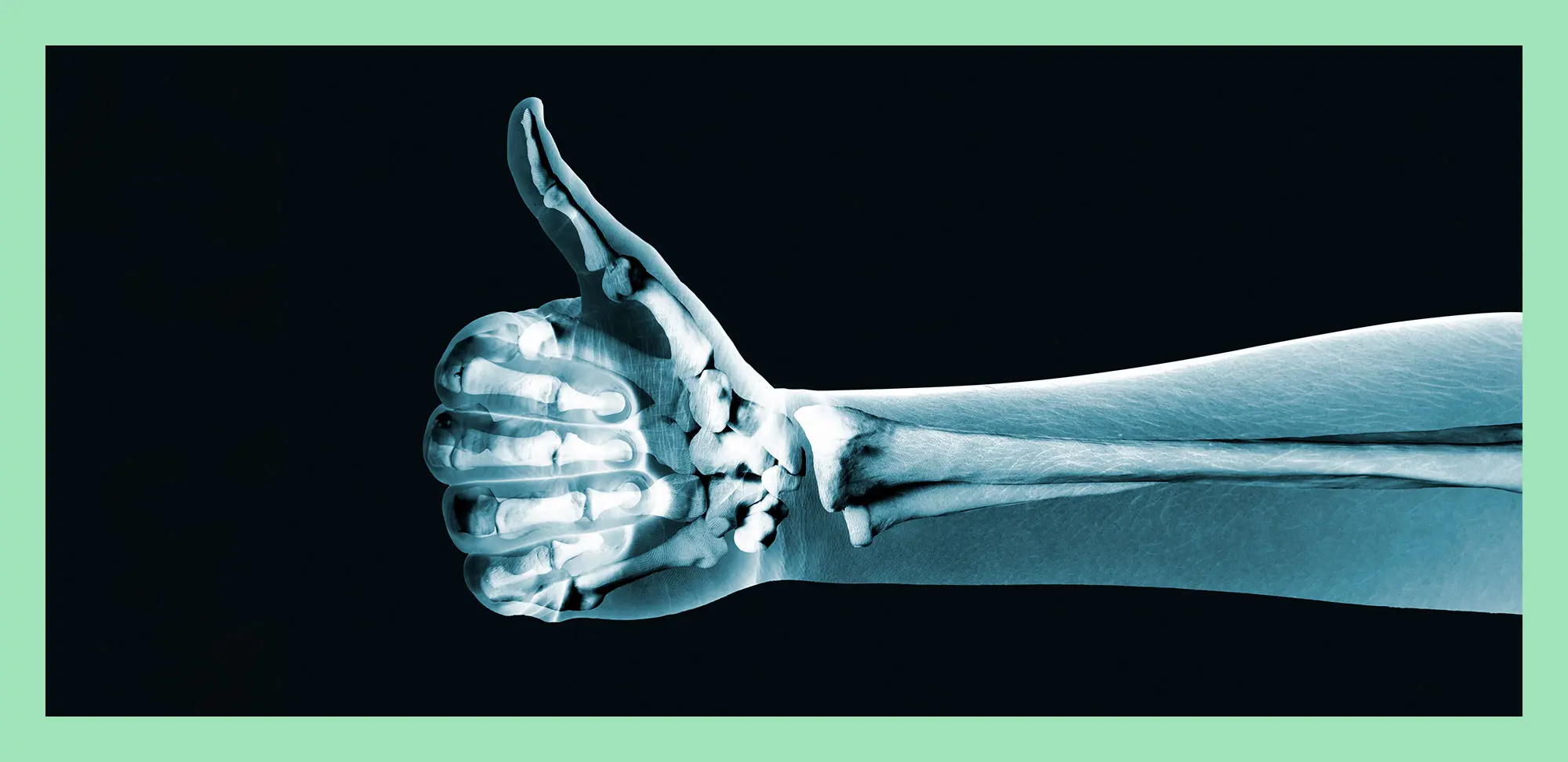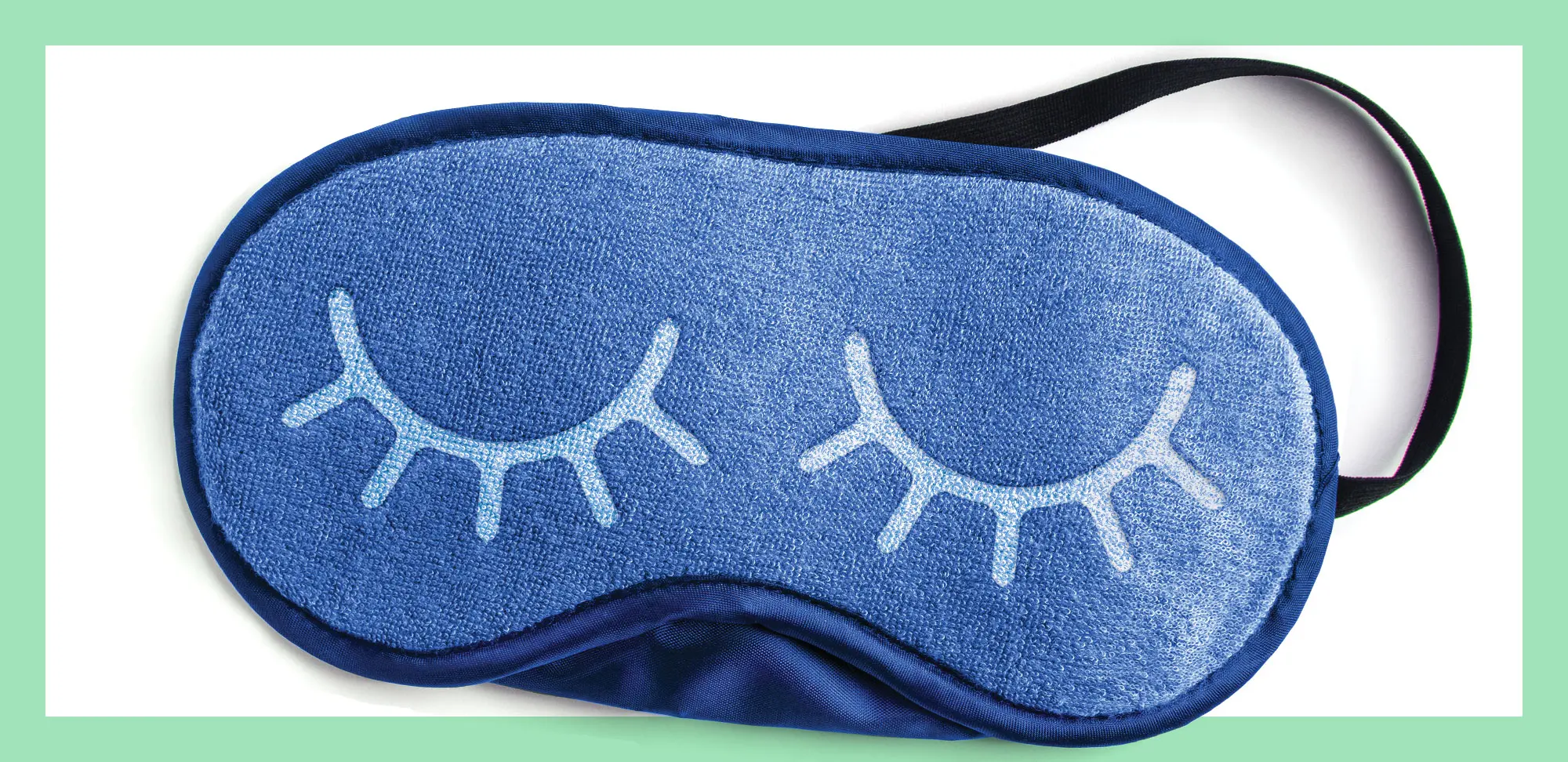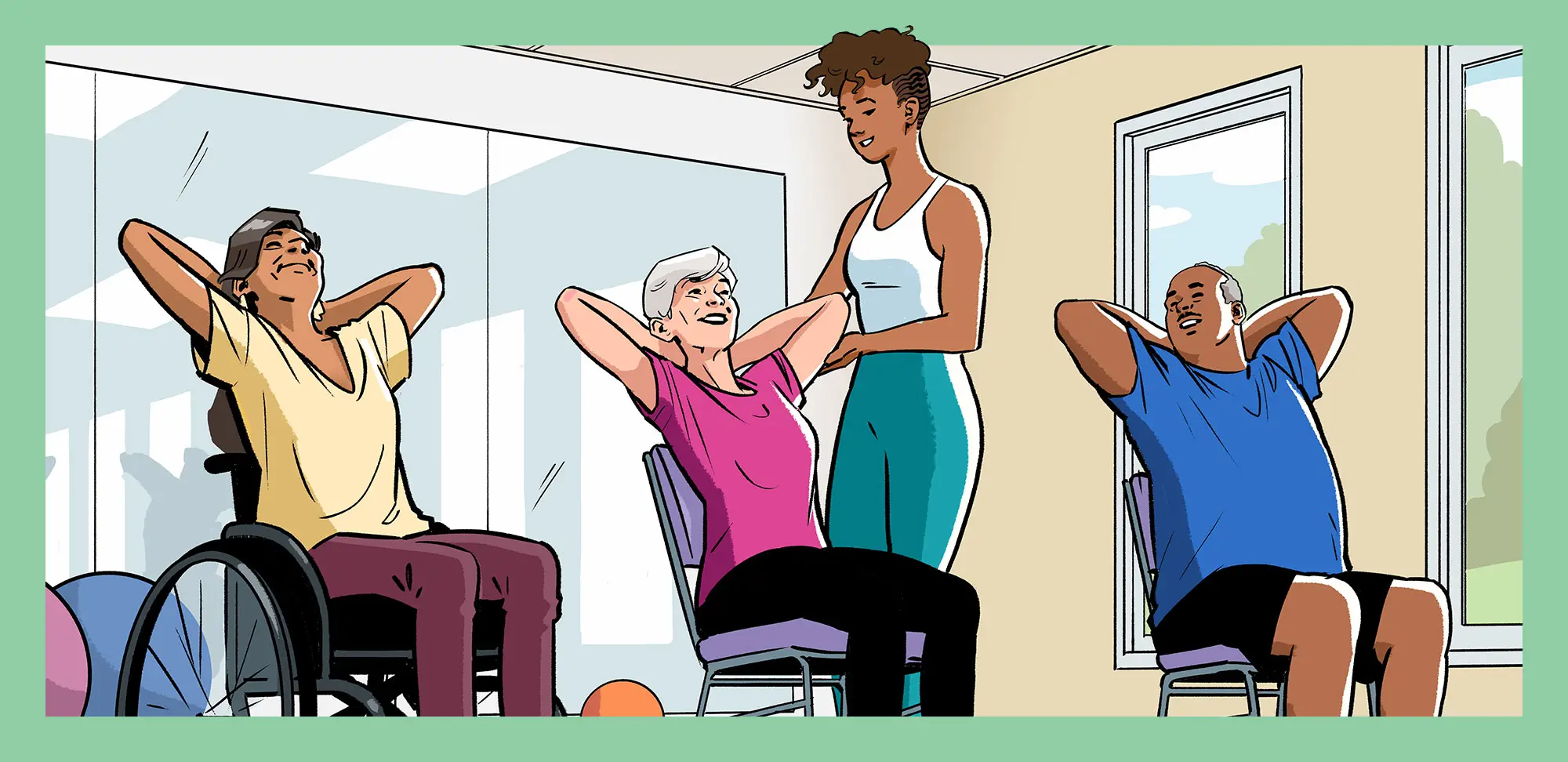We all want to savour every moment of summer’s sunny days, don’t we?
Whether you’re playing tennis, going for a swim or walking your pooch to the park and back, you should apply sunscreen. Seriously.
Wearing sunscreen protects against skin cancer, the most common of all cancer types. Health Canada estimates that about a third of all new cases of cancer are skin cancers, and rates are on the rise.
Skin cancer results when ultraviolet (UV) radiation from the sun damages the DNA of skin cells. The sun’s UV rays are strongest between 11 a.m. and 3 p.m.
The most common skin cancers are basal or squamous cell carcinomas, which tend to develop later in life on areas like the face, neck and hands that have long been exposed to the sun. Luckily, these cancers progress slowly and are usually easily removed with surgery.
The rarer malignant melanomas are more likely to develop earlier in life and on almost any part of the body. These progress rapidly and can be fatal.
Our skin starts to get more fragile and delicate in our 60s. In addition to protecting against skin cancer, sunscreens help slow down the thinning of your skin.
There’s no magic-bullet sunscreen. That said, research shows that wearing sunscreen not only reduces the risk of skin cancer, but also helps prevent premature aging.
There are two main types of sunscreen: physical, also known as mineral, that contain oxide and/or titanium dioxide and are a good option if you have sensitive skin because they’re less likely to cause skin reactions; and chemical, that contain avobenzone, oxybenzone, octocrylene, homosalate, octisalate and octinoxate.
Both offer protection, but in different ways. Physical sunscreens work by creating a barrier on the surface of the skin, which acts as a mirror, reflecting both UVA and UVB rays. Chemical sunscreens absorb UV rays.
Recent research shows that the active ingredients found in chemical sunscreens are absorbed into the bloodstream, and while that sounds scary, experts say more studies are needed to determine if this poses a health risk. In the meantime, they stress that the findings don’t mean the ingredients are unsafe and recommend continuing to use sunscreens for protection.
So, you know you need to wear sunscreen, and you land on mineral or chemical. But standing in the sun-protection aisle, with shelves and shelves offering myriad brands, making a choice can be daunting.
The first thing to consider is a product’s SPF — sun protection factor — which tells you how long you can stay in the sun before you start to burn. An SPF 15 means you can stay out 15 times longer without burning than you could if you weren’t wearing sunscreen.
If you’re planning to spend a lot of time outside, choose a water-resistant SPF 30 or higher. And reach for a product labelled “broad spectrum,” which protects against UVA and UVB rays, both of which increase skin cancer risk.
Apply sunscreen generously and evenly at least 15 minutes before going out in the sun (in the case of chemical barriers), and reapply it every two hours, and more often if you get wet or towel off.
Sunscreen efficacy expires, so check the expiry date, and if it’s beyond its best-before, toss it.
And don’t forget your other sun protectors: hat, sunglasses and, depending on how easily you burn, T-shirts or pants with a UPF — ultraviolet protection factor — rating for clothing. Canada doesn’t have standards, but clothing companies may use U.S. or international standards on their labels to indicate the UPF. Look for a UPF of at least 30, which offers good protection.
And don’t forget to apply a lip balm with SPF!










